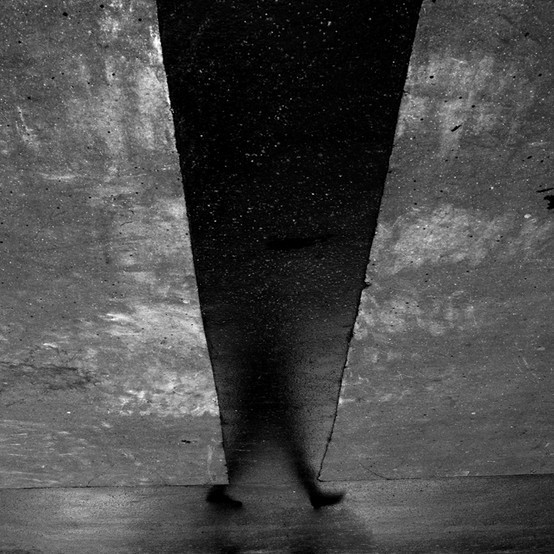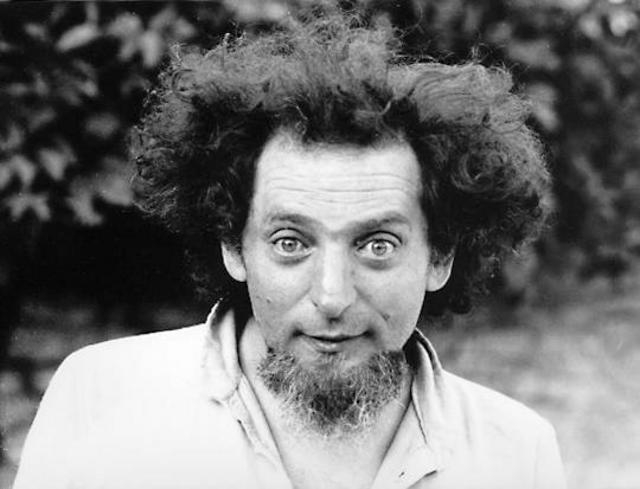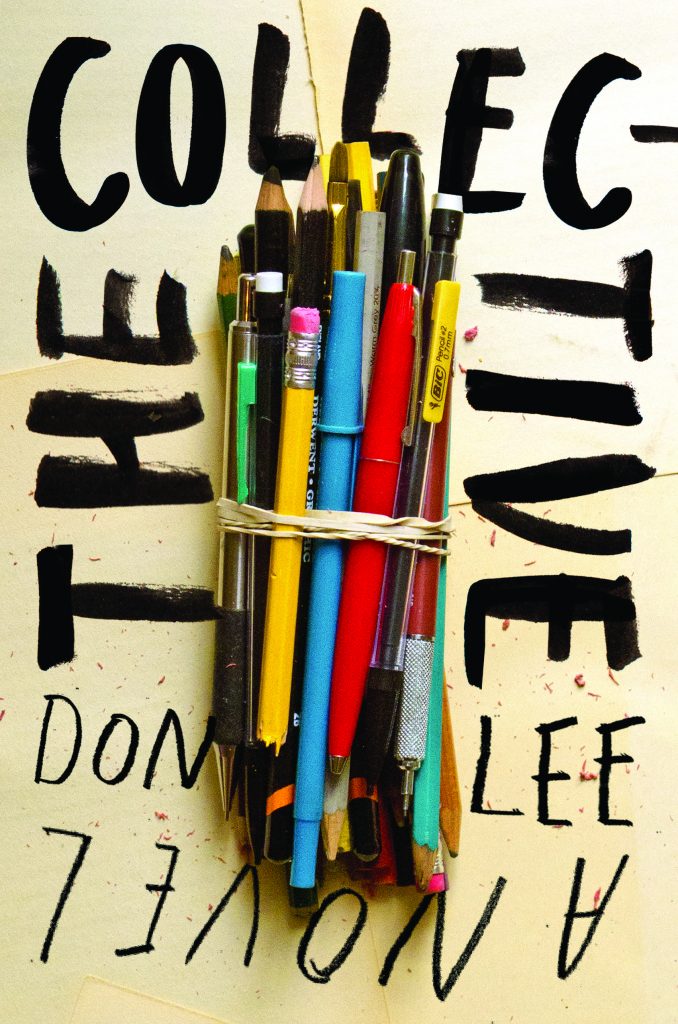In 2012, Donovan Hohn published Moby-Duck and gave his book a marvelous 18th century subtitle: The True Story of 28,800 Bath Toys Lost at Sea and of the Beachcombers, Oceanographers, Environmentalists, and Fools, Including the Author, Who Went in Search of Them. Hohn’s big first book is bound together by the narrative of these rubber duckies dropped from a freighter when a shipping container went overboard in a storm. The bathtub toys were set free on the waves of the North Pacific to begin their wandering all across the world. That event becomes the line from which Hohn can hang several threads. He writes about the people who hunt beaches for detritus. He goes to Chinese factories where plastic toys are created for the American market. He writes about the scientists who study oceans and their currents. He sails the northern ocean to get a personal feel for the movement of ocean currents. All of these chapters—Hohn calls them “chases”—could have been separate inquiries, but those rubber duckies bind them all together as one effort in one book.
This new book, The Inner Coast, has a different, simpler subtitle: Essays. That seems to imply that this book has a much looser structure, might be a collection of occasional essays brought together because it was time for Donovan Hohn to have another book. But that impression would be so incomplete as to be entirely wrong. First there is Hohn’s insistence in that subtitle: these are “essays” in Montaigne’s first meaning of the word – “efforts,” “attempts at understanding,” and not examples of the more fashionable label, “creative non-fictions,” although several of these essays use the authority of the first person in much the same way as that newer discipline does. But it becomes very clear as the reader processes through the collection, that those attempts are connected by Hohn’s passion, his intelligence and the evocative style of his prose.
Hohn worked for many years as an editor at GQ and then at Harpers. He knows how to structure the well-researched essay and to combine facts with observation. The longest essay here is partly a history of the odd pastime of collecting antique tools, as well as a moving narration about one of Hohn’s relatives. Along the way, it says very interesting things about the Midwest, the region Hohn has decided to make his own after formative years on the outer coasts, those that might be a bit better known than the “inner coast” of the Great Lakes.
Hohn has fascinating essays on racing canoes over ice on the St. Lawrence River, on the mammoths that are dug out of thawing permafrost and Midwestern cornfields, on Virginia Tech professor Marc Edwards—the man most responsible for providing the science that defined what is now known as “the Flint water crisis”— and even a moving essay on Hohn’s own childhood in San Francisco. Near the end there is an essay, or rather four essays collected under one title, “Four Lights.” These are short biographical and critical studies of four writers who have been important influences to Hohn and on his own writing. He names novelists Evan S. Connell and Marilyn Robinson, as well as a young journalist of his own generation, Matthew Power, who died long before his time researching a story in Egypt. He concludes with a brilliant essay on Thoreau, where he takes on the easy criticisms of Thoreau that have become unthinking intellectual tics in some, primarily academic, circles—“He always went in to town to see his friends;” “His mom did his laundry everyday;” “He started a forest fire on a camping trip;” “He was a privileged misanthrope;” etc. Hohn makes a convincing argument that Thoreau directly engaged the “genuinely difficult moral questions.” Just in case we’ve forgotten, he explains that Thoreau made exact observations of the natural world, observations that people are using now as early baselines for ecological surveys in New England. Hohn even convinces us on the more difficult point that Thoreau is sometimes an intentionally funny writer.
By the end of The Inner Coast, it is clear that Donovan Hohn is not only attempting to understand the inner coast of America, that porous liquid border of the Great Lakes, the one some Michigan writers have called “the third coast.” Hohn’s careful explorations of the subjects presented to him by his new place also become markers along his own process of the intellectual and personal discovery of his psychological inner coast. It is there, in that landscape, where this book finds its thematic and its spiritual unity.




